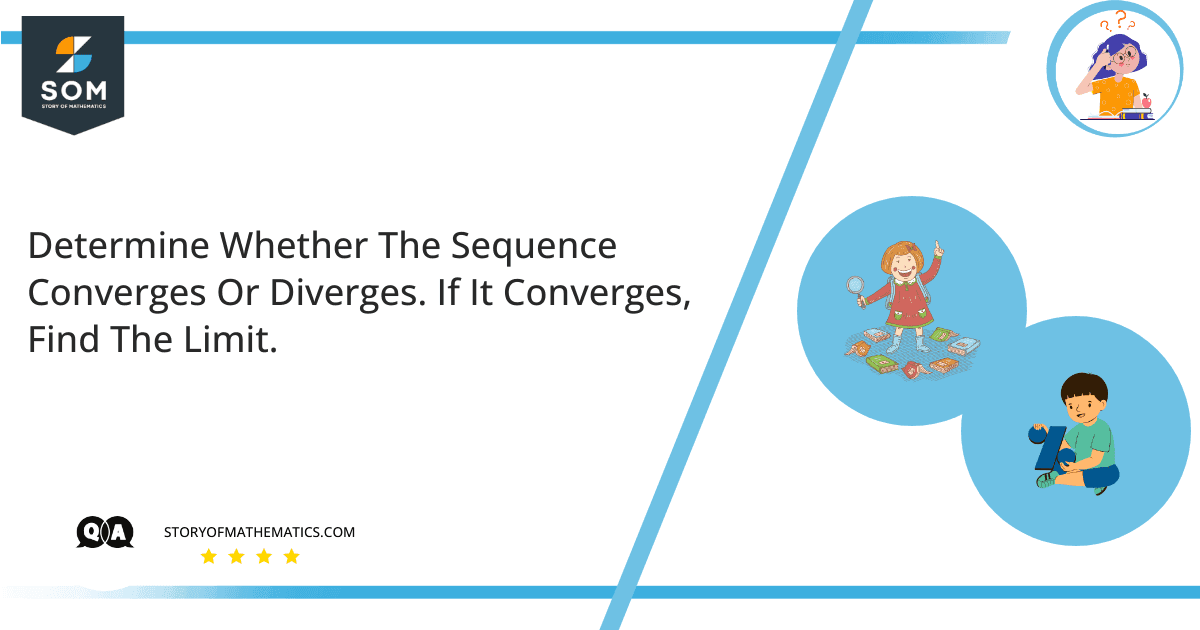
$ a _ { n } = \dfrac { n ^ { 4 } } { n ^ { 3 } – 2 n } $
This article aims to determine whether the sequence converges or diverges. The article uses the concept to determine whether the sequence is convergent or divergent.
When we say that a sequence converges, it means that the limit of the sequence exists as $ n \to \infty $. If the limit of a sequence like $ n \to\infty $ does not exist, we say that the sequence diverges. The sequence always either converges or diverges, there is no other option. This does not mean that we will always be able to tell whether a sequence is converging or diverging; sometimes, it can be very difficult for us to determine convergence or divergence.
Sometimes all we have to do is determine limit of the sequence in $ n\to\infty $. If the limit exists, the sequence converges, and the answer we found is the value of the limit.
Sometimes it is convenient to use the squeeze theorem to determine convergence, as it will show whether the sequence has a limit and thus whether it converges or not. We then take the limit of our sequence to get the actual value of the limit.
Expert Answer
Step 1
Take the limit because the equation goes to infinity.
\[ \lim_{ n \to \infty } a _ { n } = \lim_{n\to\infty} \dfrac { n ^ { 4 } } { n ^ { 3 } – 2 n } \]
Step 2
We begin by dividing each term in the sequence by the largest term in the denominator. In this case it is $ n ^ { 3 } $
\[\dfrac{\dfrac{ n ^ { 4 } } { n ^ { 3 } } } { \dfrac { n ^ { 3 } } { n ^ { 3 } } – \dfrac { 2 n } { n ^ { 3 } } } \]
Step 3
Now take the limit of the new sequence version.
\[ \lim_{n\to\infty} \dfrac{n}{1-0} = n = \infty \]
The sequence is divergent.
Numerical Result
The sequence $a _ { n } = \dfrac { n ^ { 4 } } { n ^ { 3 } – 2 n } $ is divergent.
Example
Determine whether the sequence converges or diverges. If it converges, find the limit.
$ a _ { n } = 1 – ( 0.2 ) ^ { n } $
Solution
Step 1
Take the limit because the equation goes to infinity.
\[ \lim_{n\to\infty} a_{n} = \lim_{n\to\infty} 1 – (\dfrac { 1 } { 5 } ) ^ { n } \]
Step 2
Now take the limit of the new sequence version.
\[ \lim_{n\to\infty} 1 – \dfrac { 1 ^ { n } } { 5 ^ { n } } = 1 – 0 = 1 \]
The sequence is convergent.
The sequence $ a _ { n } = 1 – ( 0.2 ) ^ { n } $ is convergent.
